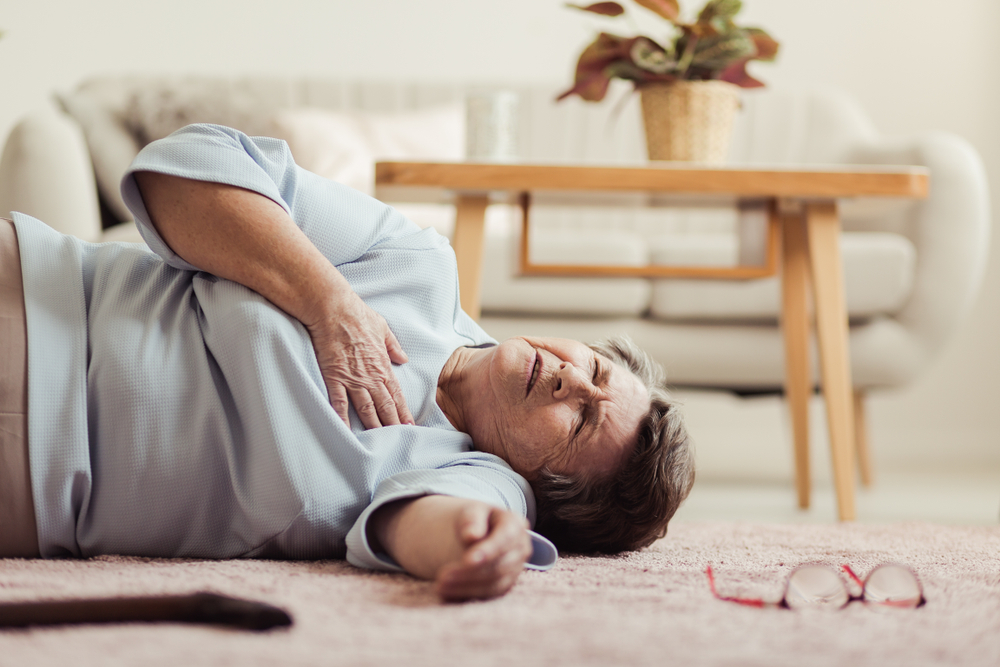Stroke in the Elderly: Prognosis, Recovery, Survival Rate
Category:

Strokes are the #5 leading cause of death and one of the leading causes of disability in the United States, especially among seniors. That’s why knowing signs of stroke in elderly patients and how to react quickly are so crucial. In this post, we’ll explore how strokes impact seniors, symptoms to look out for, stroke prognosis in the elderly, and recovery.
Strokes in the Elderly
According to the Medical University of South Carolina, About 75 percent of strokes occur in people 65 or older. They estimate that the chances of having a stroke double every decade after the age of 55.
Symptoms of Stroke in Elderly
Knowing the symptoms of a stroke in elderly patients and taking immediate action can mean the difference between survival, disability, and even death. Any delay in getting help significantly increases risk of permanent damage or death.
According to the National Institute on Aging, call 911 right away if you or someone you know has any of these symptoms:
- Sudden numbness or weakness in the face, arm, or leg — especially on one side of the body
- Sudden confusion, trouble speaking, or understanding speech
- Sudden problems seeing in one eye or both eyes
- Sudden dizziness, loss of balance or coordination, or trouble walking
- Sudden severe headache with no known cause
A great way to remember the signs of a stroke is to remember the acronym F.A.S.T.:

F(ace) – Have the person attempt to smile. If one side of the face does not move as well as the other, it is a sign of stroke.
A(rms) – Have the person attempt to raise both of their arms. Notice if one of their arms doesn’t move as high as the other.
S(peech) – Give the person a sentence that they can repeat. Check if there are any slurred words.
T(ime) – If you notice any of these stroke warning signs, act quickly and dial 911 to ensure your elderly loved one receives immediate treatment.
Stroke in Elderly Survival Rate
According to a French study from 2019, older adults tend to have lower survival rates after a stroke. Those under the age of 65 were found to have an 82.8% survival rate over a 10-year period, while those aged 65-80 saw that number plummet down to 58.2%.
Download Our FREE Path to Care Guide
Stroke Recovery in the Elderly
Globally, 60% of stroke patients develop some sort of permanent disability, including experience limitations in mobility, vision, speech, and swallowing function.
Surviving a stroke is a life-changing experience, and recovery requires knowledge, willpower, and a strong support system. Here are some key tips to help improve health after a stroke:
- Maintaining a healthy diet and exercise regiment is key to improving heart health and reducing the risk of a recurring stroke.
- Avoid alcohol, nicotine, and recreational drugs.
- For patients having trouble with movement and motor skills, physical therapists can help strengthen balance, coordination, and movement functions.
- Speech therapists can work with patients to help restore typical speech patterns.
- Occupational therapists can help patients relearn basic life skills that they may have lost.
If you or a loved one are struggling to get back on your feet after a stroke, contact our caregiving team today to learn more about our home care services at 1-800-GRISWOLD or find a Caregiver near you.
Subscribe
Date: 2024-06-25
Category:

